Aquarium fish glass perch: description, content and breeding

Keeping aquarium fish is always interesting. It's nice to watch the fish, they help you calm down, put your thoughts in order. One of the most unusual underwater inhabitants is the glass perch, which got its name for a reason. If you have ever thought about purchasing such a pet, you need to familiarize yourself with its description and needs in advance.
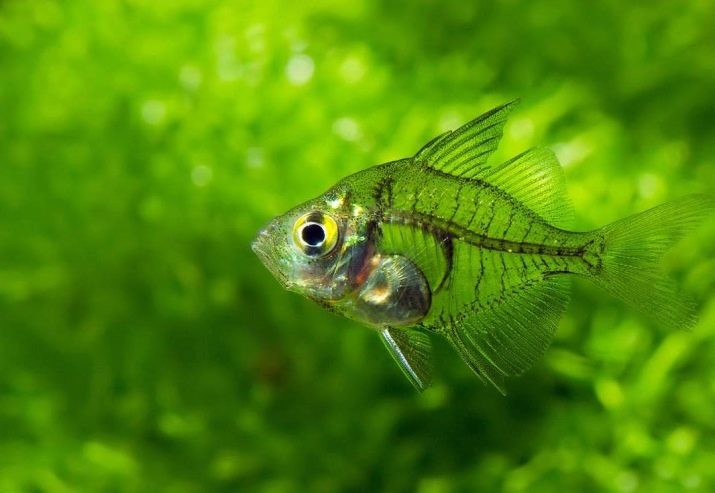
Peculiarities
Glass perch is a truly unique fish that can delight everyone who sees it for the first time. Another name for this type of perch is "mirror". In nature, such a fish lives in India, Pakistan, Asia. It is noteworthy that glass perch can live in water with a low salt content. This fact has caused many speculations and myths that are still popular.
To this day, most of the sellers claim that it is worth purchasing exclusively sea aquariums for glass perch, but due to the high cost, not everyone can afford such a purchase. Fortunately, these statements are not based on any basis, since perch lives quietly in both fresh and salt water.
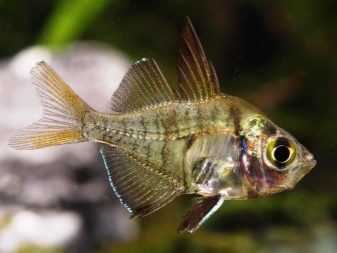

The mirror perch is small in length, reaching about 8 centimeters. The peculiarity of the fish is that it is half transparent, so you can easily see the spine and internal organs of the pet. The body of the fish is flat, in the shape of a rhombus, the lower jaw protrudes forward. The head and abdomen have a silver tint, the fins are large.
From time to time, you can also find colored perches on sale; for this, very rich and bright colors are chosen. Such a perch will be transparent, and the back will be colored. It should be noted that such fish do not exist in nature, the pigment is introduced artificially.
In European countries, the staining procedure is prohibited, since the paint is very toxic, the fish do not live long after it - no more than 3 months. Unpainted individuals can have a lifespan of up to 3 years.

Conditions of detention and care
Glass perch is in great need of congeners, therefore, it is absolutely not suitable for solitary keeping. A frightened fish will be constantly under stress, hide among the stones and rarely appear on the surface. And prolonged stress causes many diseases, so it is better not to risk it and buy several fish at once, optimally - 8-12 fish. The capacity of the aquarium should not be less than 110 liters.
A very important step is to consult with the seller about the type of water in which the fish lived before the purchase. If they lived in fresh water, then the transition to salt water will take time, and vice versa. To properly retrain the fish and help it acclimatize to new conditions, the process must be gradual. Individuals are placed in a separate tank, then about 15% of the water is successively changed in the desired direction.
It usually takes about 2 weeks to retrain the fish, after which the fish can be introduced into the aquarium. The acidity of the water should be in the range of 7-8.5 pH, and the temperature should be from 25 to 27 degrees.

Replace the water in the tank every 7 days, while the liquid must first settle for a day or two, depending on its condition. Fresh water will cause stress, so no more than 25% of the volume is changed. As for the soil, gravel or sand is a good solution - both will work. The fish need bright light, especially they enjoy natural light. The presence of filters and an aeration system also becomes mandatory. Fish do not produce too much waste, so manual cleaning of aquariums is rarely done.
Many aquarium owners are interested in the question of what kind of plants can be selected for an aquarium with transparent residents. In freshwater tanks, you can afford any assortment: ordinary duckweed, Cryptocoryne, Javanese fern will look beautiful here. Asian flora close to natural habitat is highly recommended. Of course, the aquarium will need to be decorated with snags - they will help the fish to take cover in case of fright.
In salted water, the choice is somewhat limited; not all plants survive here. Moss is a good choice, as well as Thai ferns.
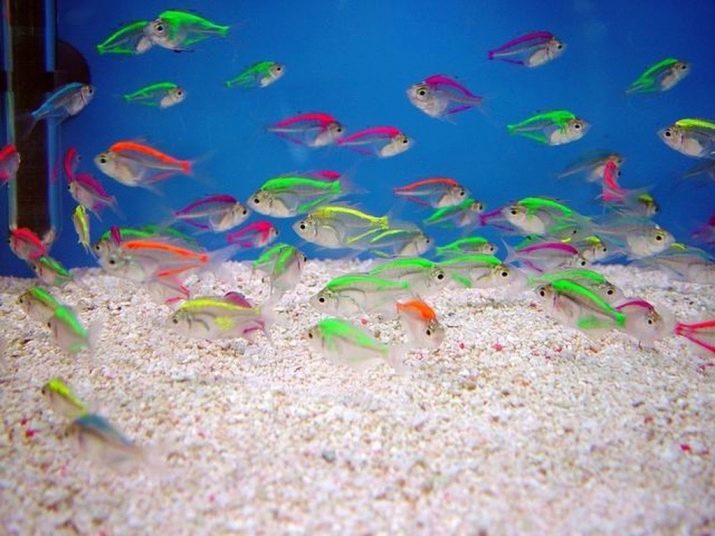
What to feed?
Mirrored bass is not a hassle in terms of nutrition. They can be fed with both natural and artificial formulations. However, it should be noted that artificial food can cause infertility, and if you want to avoid this, give preference to natural species. Perch will gladly eat bloodworms, brine shrimp, tubifex, daphnia, cyclops. From "human" food can be offered to pets lettuce leaves, slices of cucumber and zucchini.
Glass perch are fed no more than 2 times a day, in small portions. Do not forget that the fish is prone to obesity, so you cannot overfeed it, this will lead to deviations in health and poor health. If pets have not eaten the suggested portion within 5 minutes, all leftovers should be removed, as they contribute to water pollution and the growth of harmful bacteria.
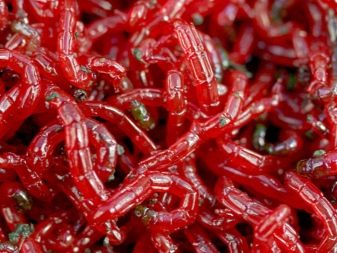
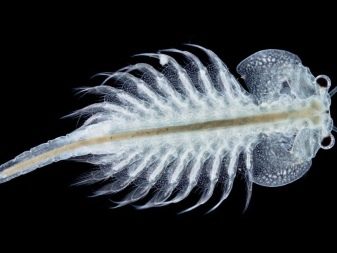
Compatibility with other fish
When choosing "neighbors", it is important to take into account that glass perches are rather shy, so they will gradually get used to new fish. At the same time, perches are quite peaceful creatures, they have a calm character that excludes their coexistence with predatory fish, capable of destroying the entire colony in a few days.Examples of predatory fish are cichlids, piranhas, cockerels, and goldfish.
For a freshwater aquarium, in the company of perches, you can pick up a guppy, neon, cardinal, zebrafish, pecilia. In salty water, some species of gobies, guppies, archer fish, blue-eyed neons, mollies will take root well. The main rule that should be followed when choosing "neighbors" is the similarity of the characters of fish and the same requirements for conditions.
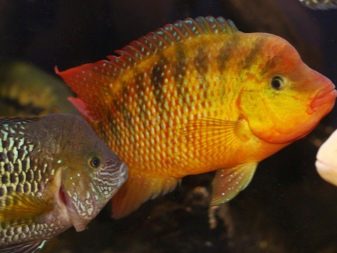



Breeding
Mirror perches reach full maturity at 6 months - after this period, you can engage in routine breeding. The first thing the owner needs to do is determine the gender of the parents-to-be. The male and female have several clearly visible differences:
- fins of females are completely transparent, males are not;
- the air bubble of the female fish has a rounded shape, the male one is sharp;
- stripes and glare are absent on the female's scales, and the overflows can be clearly seen in males.
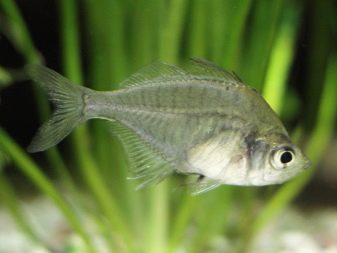
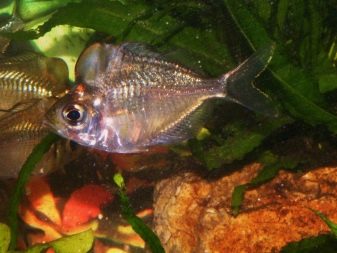
When the fish are selected, they are placed in a spawning box lined with moss, the temperature of the liquid should be at least 30 degrees. First, females are planted, giving them a portion of natural food, after a while males are allowed. Pets stay in the spawning grounds for about 4 days, during which time the female has time to lay enough eggs. The fish are then returned to the aquarium, as some individuals can eat the eggs.
After 3 days, fry will hatch from the eggs. This is where the aquarist will have to carefully monitor their diet. Babies are given a rotifer without fail, and when their age reaches 14 days, then cyclops nauplii should be present in the diet.
In this case, an important aspect is the rejection of feeders, since the food must be in motion. Fry is fed 3-4 times a day. Upon reaching 3 months, when the fish are about 1.5 centimeters long, they are released into the general aquarium.
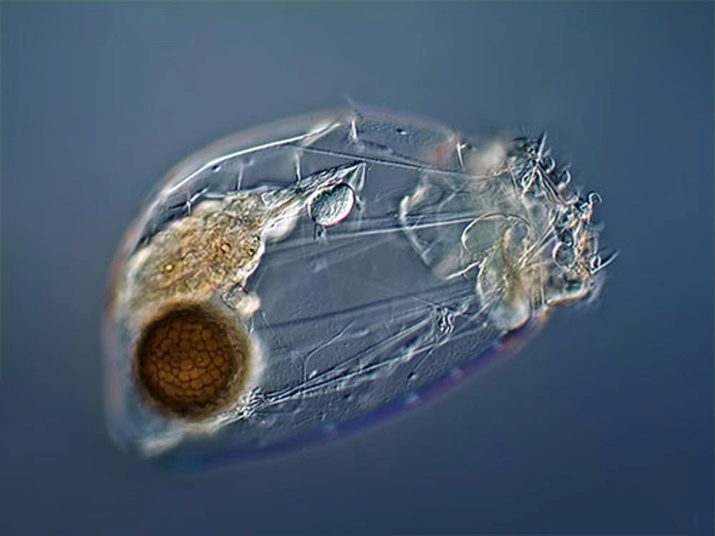
Common diseases
As for ordinary glass perches, they rarely get sick, without giving their owners trouble. But painted individuals are another matter, here it is rarely possible to avoid diseases. If conditions do not meet the norm, then the fish can pick up several serious ailments.
- Oodiniumosis. This is a contagious disease characterized by the appearance of a golden rash on the fish's body. If treatment is not started on time, the affected skin will begin to peel off in layers. Sick individuals are placed in special baths, where they are treated with malachite green, as well as copper sulfate. In addition, the temperature in the bath should be around 32 degrees.
- Dropsy. Provokes belly swelling in fish. To cure a pet, it should be protected from stress, only high-quality water should be supplied, and an antibiotic, for example, "Bitsilin-5", should be introduced into the diet.
- Fin rot. This disease is characterized by damage to the fins, as well as the tail. If not acted upon, it is quickly fatal. They treat it with malachite green baths.
In general, diseases of both colored and uncolored fish are caused by poor care, insufficient water quality, and improper feeding. In order not to spend energy and money on treatment, do not forget to provide pets with everything they need and put all new fish in temporary quarantine.
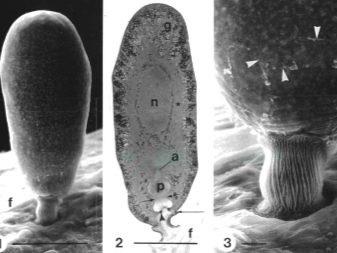
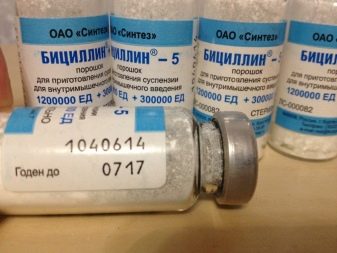
Reviews
Most owners leave only positive reviews about the content of silver perches. Many people like the unusual look of these fish, their calm and peaceful disposition, as well as the fact that for keeping especially difficult conditions are not required and even a beginner can handle it.
Some negative responses are due to the fact that the owners were disappointed in the short life span of the dyed specimens. But here one can only point to the guilt of those who still practice such barbaric procedures, condemning healthy animals to a short and not too healthy existence.
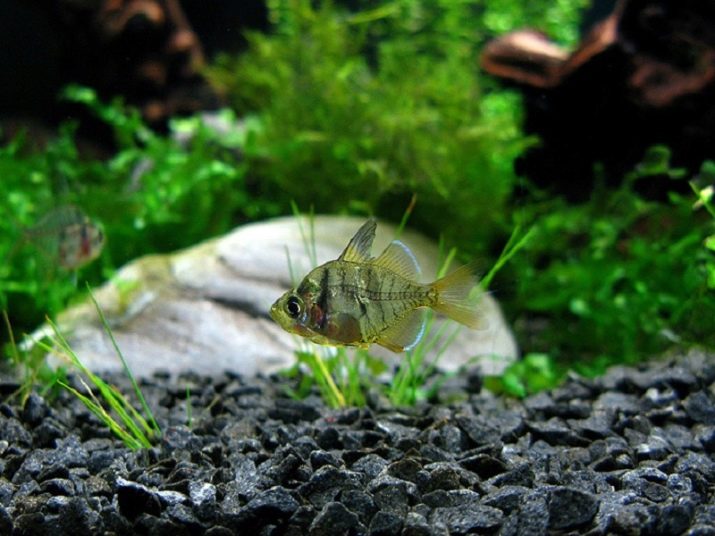
For the features of the glass perch, see below.








